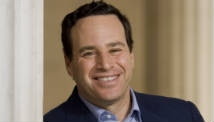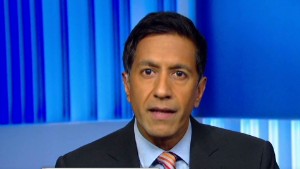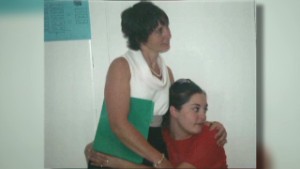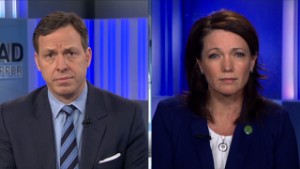Editor's note: David Frum, a CNN contributor, is a contributing editor at The Daily Beast. He is the author of eight books, including a new novel, "Patriots," and a post-election e-book, "Why Romney Lost." Frum was a special assistant to President George W. Bush from 2001 to 2002.
(CNN) -- Here's some good news, a year after Newtown:
States have been restoring funds for mental health coverage. States are the main providers of mental health services. In the recession of 2008-2009, the states together cut $1.8 billion from mental health budgets, according to the National Alliance on Mental Illness, an advocacy group.
 David Frum
David Frum Over the past year, 36 states have added money back. Texas just legislated the largest increase in mental health coverage in the state's history, $259 million more over the next two years than over the previous two. Private dollars may soon flow, too: the Affordable Care Act requires insurers to expand their coverage of mental health problems.
States have passed laws intended to prevent the mentally ill from doing harm. New York adopted the most sweeping legislation. The NYSAFE Act, as it's known, requires all mental health professionals to report patients who, in the professional's opinion, seem likely to present a risk of serious harm to themselves or others. State police can then check these reports and deny or revoke a gun license.
 $100 million for mental health funding
$100 million for mental health funding  Sandy Hook remembers
Sandy Hook remembers  Newtown mom reflects on anniversary
Newtown mom reflects on anniversary Connecticut and Colorado have also stiffened mental health reporting requirements.
Now the sobering news:
Mental health professionals can't report dangerous people if they don't come into contact with them in the first place. Professionals are in short supply. Insurance coverage has historically been thin. Those who most need mental health help are precisely those least likely to seek or accept it.
Even if the dangerous mentally ill can be identified, the facilities to protect society have been reduced to desperate inadequacy. In 1959, state mental hospitals housed about 559,000 patients. A generation later, the mental hospital population had dwindled to 70,000 people. This trend is called "deinstitutionalization," but that's an inapt term.
The mentally ill do often end up inside institutions: prisons. Almost 1.3 million mentally ill people are held in prisons and jails. Few of these people are adequately treated, and they often emerge more troubled and dangerous.
Even if authorities can identify a potentially dangerous mentally ill person and do revoke that person's gun license, the sheer superabundance of guns in the United States puts weapons in easy reach of anyone who wants them. The guns that Adam Lanza used at Sandy Hook were bought by his mother, who could have passed any background check.
A society with a lot of guns is going to have a lot of shootings, no matter what else it does for the mentally ill -- especially since the most common form of gun violence is not homicide but suicide. The self-slaughter of a chronically depressed person is a mental health failure, too.
A stronger mental health system is not an alternative to gun safety laws. It must operate in tandem with them. That lesson was written in blood at Newtown, yet it remains unlearned to this day.
Follow us @CNNOpinion on Twitter.
Join us at Facebook/CNNOpinion.
{ 0 comments... read them below or add one }
Post a Comment